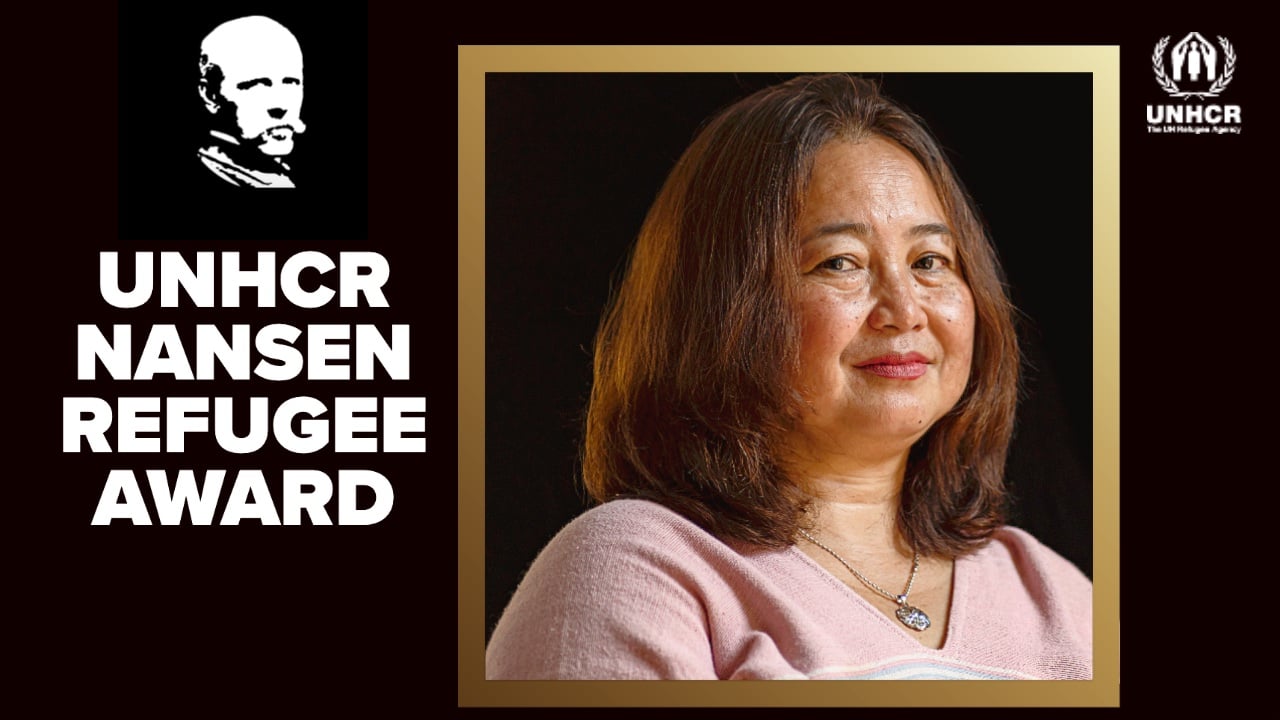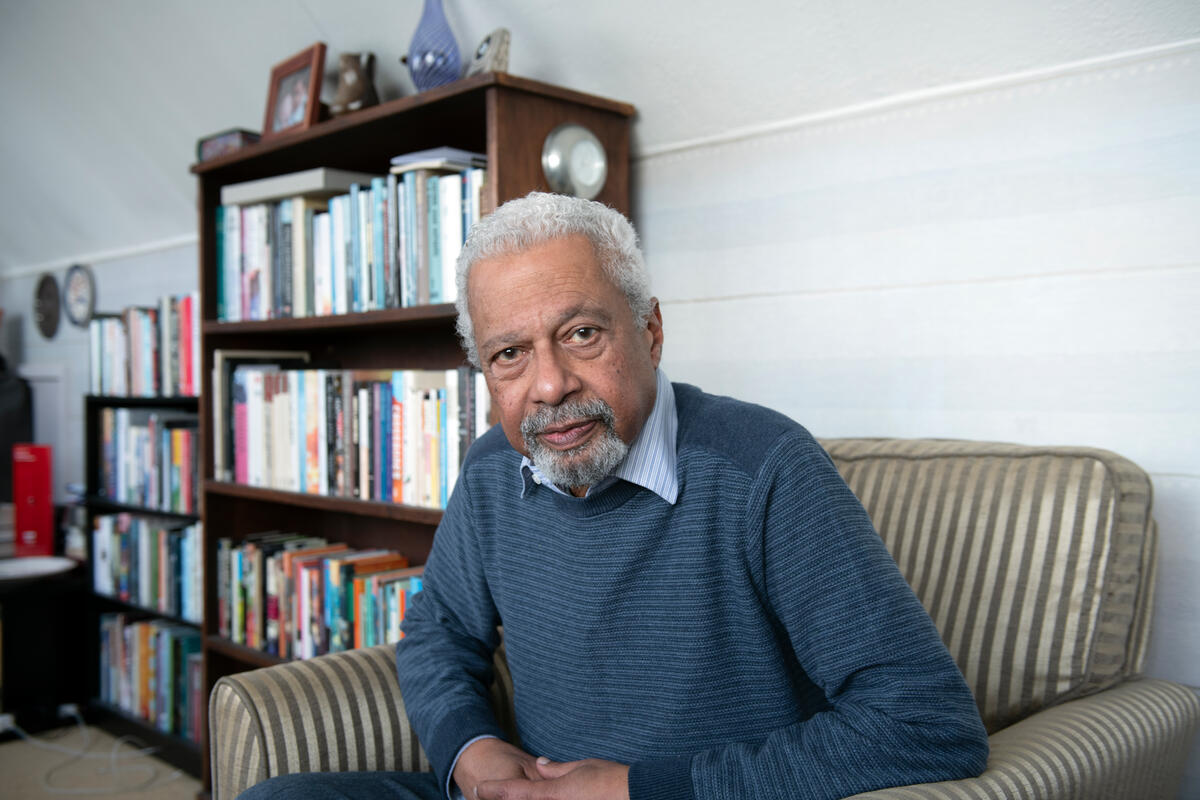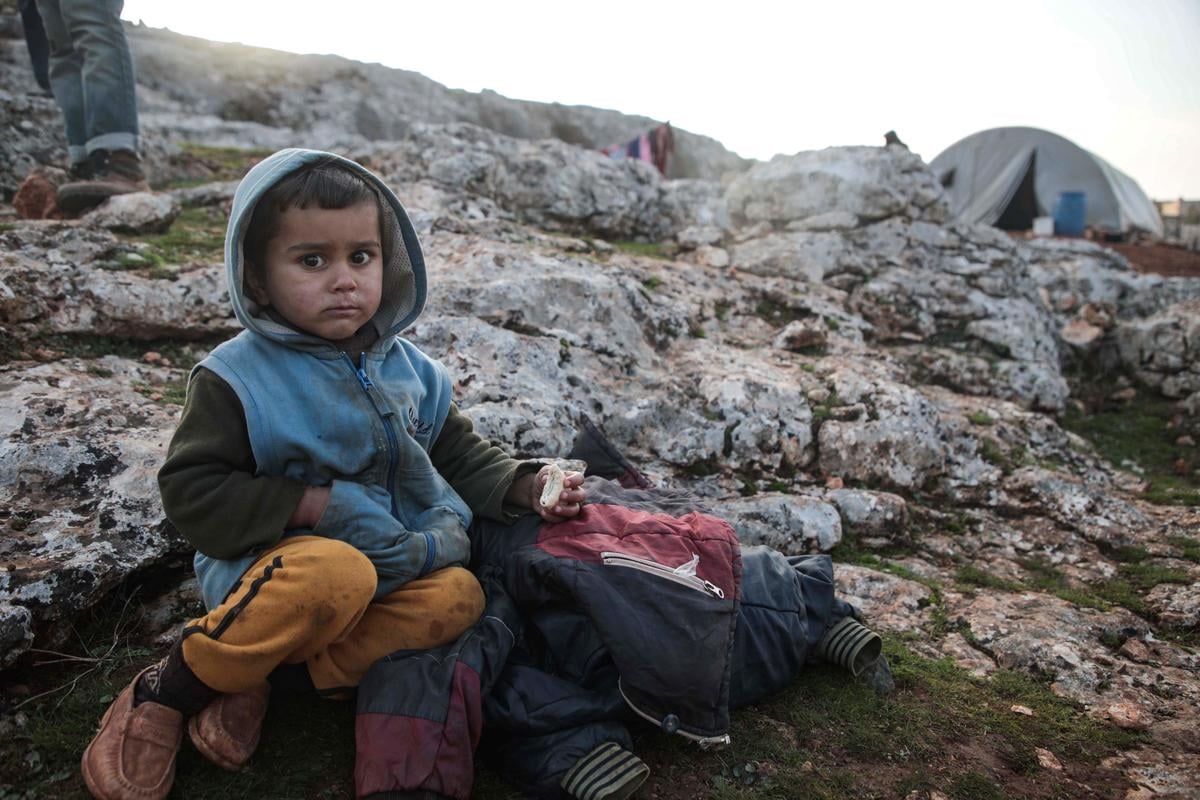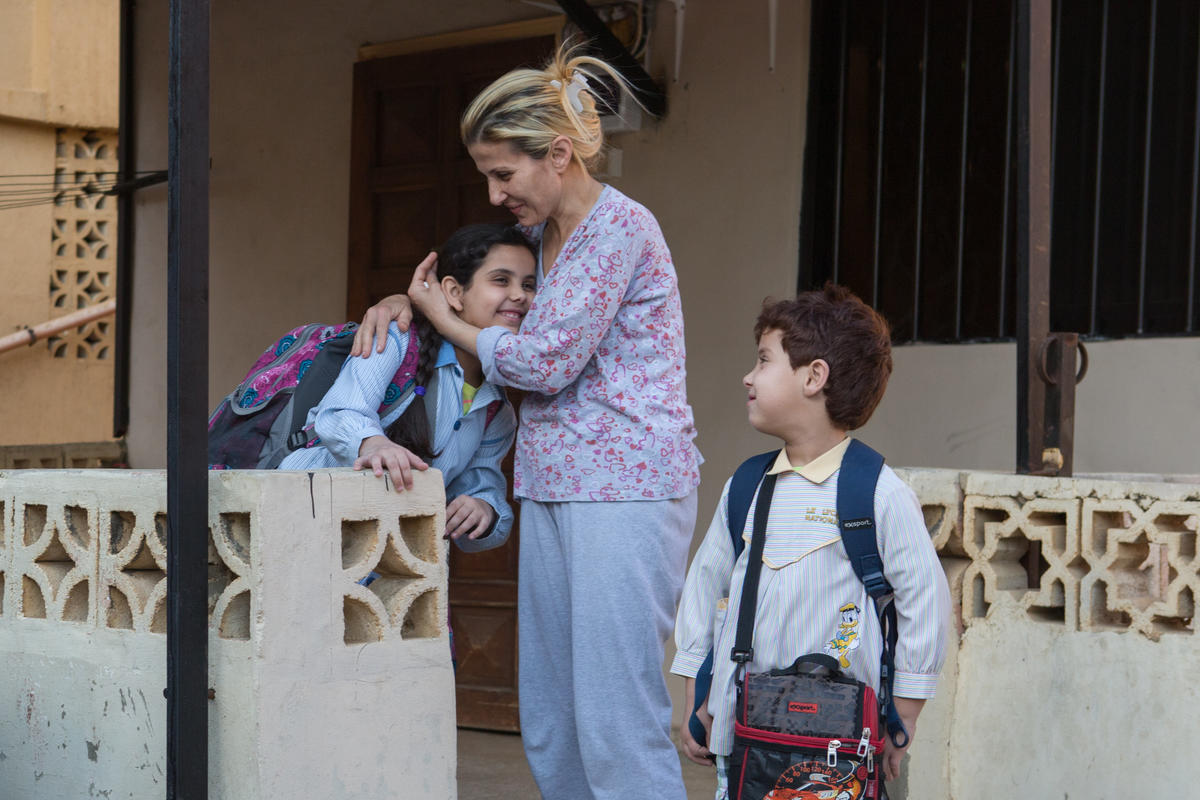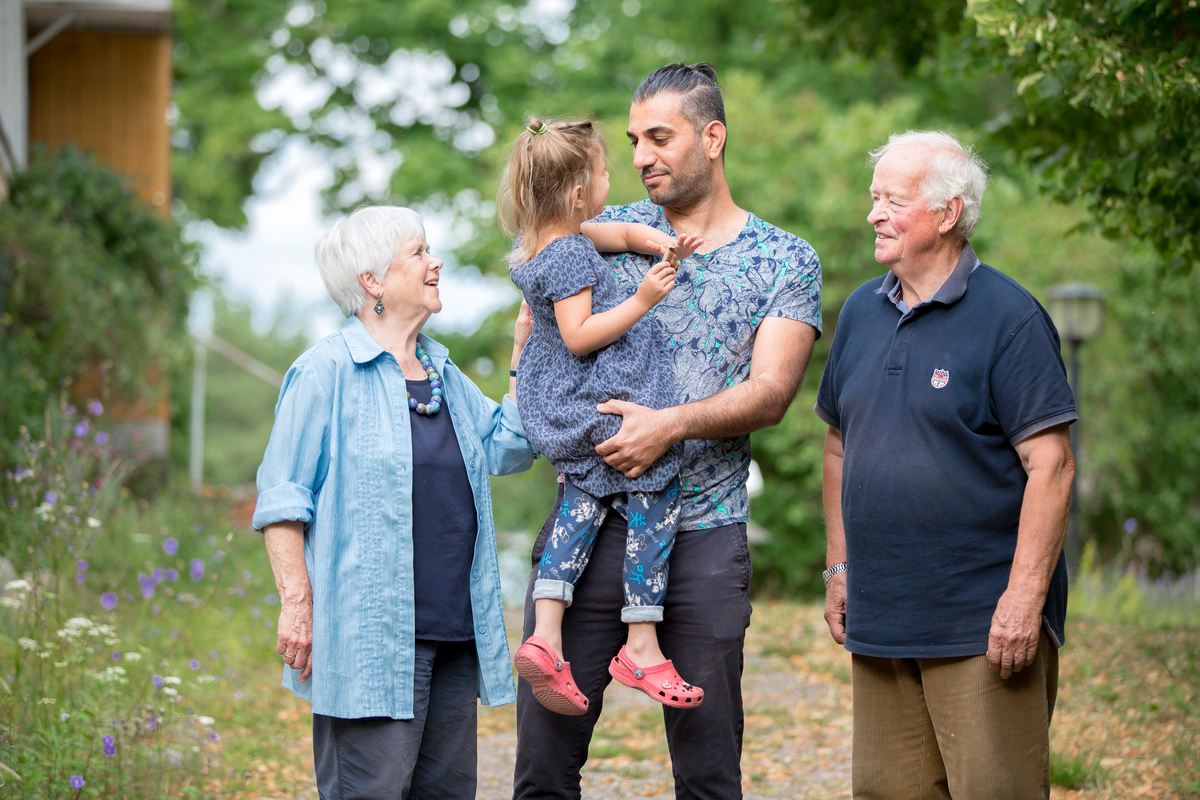New report calls for integrated approach to HIV/AIDS involving both refugees and their host communities
New report calls for integrated approach to HIV/AIDS involving both refugees and their host communities

GENEVA, 30 November (UNHCR) - Refugees are people, and people are prone to catch HIV from each other - and then pass it on to others - unless they have some understanding of the disease and take the necessary precautions to prevent it spreading.
However, traditional structures for dealing with refugees - from the camp management level up to the host and donor government policy-making levels - have tended to ignore the obvious: when it comes to HIV/AIDS, refugees should not be treated in isolation from the surrounding population. Up until recently, they generally have been.
UNHCR is now trying to break that mould, both at the policy level and through various programmes on the ground in Africa.
The UN refugee agency has been working closely with UNAIDS - of which it became a co-sponsor in June 2004 - to address these issues. Marking this year's World AIDS Day on, December 1, a jointly produced publication that is part of the UNAIDS 'Best Practice Collection' will be officially launched.
The publication, "Strategies to support the HIV-related needs of refugees and host populations," describes how many HIV and AIDS issues surrounding refugees and other displaced people are similar to those facing the populations they live among. But, sometimes this can even be accentuated - at least during the upheaval of the early months and years of displacement.
"These groups are usually torn from their lives and families, their community social structures destroyed, and their ability to cope is severely compromised," it notes. "In their new 'temporary' settings they struggle to survive at every level. Because the normal social safety nets are often absent, women and girls can be subject to sexual violence and rape.... At the same time, health care services are often only minimal or non-existent. A variety of complex factors within refugee camps or displacement settlements makes the people living there enormously vulnerable to acquiring HIV."
UNHCR, UNAIDS and other partners have been making a considerable effort to improve the understanding of some of those "complex factors," and draw up policy guidance based on the findings of their research.
For example, a recent behavioural survey among refugees in Kakuma camp in Kenya and the local host population outside the camp, has shown some surprising results.
Kakuma camp was established 13 years ago in 1992, mainly for refugees fleeing the long, lethal civil war in southern Sudan. The camp's age is in itself a major factor when looking at the impact its refugee population has on the local community. The results become even more interesting when placed next to survey responses of people living in Rumbek and Yei in South Sudan - the home areas of some refugees in the camp.
The percentage of people who had heard of HIV/AIDS was overall high and very similar amongst the refugees in the camp, the local population in Kakuma, and populations in the refugee areas of origin in South Sudan.
But the most startling difference was noticed in the in-depth knowledge about HIV prevention, with refugee knowledge outstripping that of both the local population, and people in the areas of origin. Some 72 per cent of the camp refugees surveyed were aware of the three main methods of HIV prevention compared to 32 per cent of the local population. Another significant result of the survey was that ten per cent more refugees than local people were aware of some of the most common misperceptions about HIV transmission.
Simply, in a well-established camp like Kakuma, refugees - thanks to strong HIV/AIDS prevention programmes, and the unique opportunities for HIV prevention offered by camp-related activities such as food distribution - may be better off than the local population in terms of useful knowledge. These results are apparent in comparisons between HIV prevalence: some five per cent of the camp's population is HIV positive, compared to 16.5 per cent in the nearest town of Lodwar. No data are available for Kakuma town which is closest to the refugee camp.
There is however, no room for complacency. The survey also revealed that both the camp and local populations are highly mobile, and mix with each other on a daily basis. An astonishing 85.6 per cent of the local people surveyed reported that they regularly visit the camp whereas a lower but still significant 25 per cent of the refugees said they visit the local community.
While the Kakuma behavioural survey was completed after the new UNAIDS/UNHCR Best Practices publication went to press, it does add more evidence to back the publication's main recommendations, which fall into three main areas.
Firstly, the report points out that as refugees are not separate from the neighbouring community, it makes both practical and economic sense if they are also integrated into national health and HIV programmes - such as in Uganda, where over 220,000 refugees are now sharing health services with around 135,000 local people in surrounding communities.
Secondly, the report suggests that sub-regional plans are proving to be one of the most effective ways of providing more continuity in the prevention, support, care and treatment of HIV/AIDS in both displaced and host populations, as they mingle with each other within communities and across borders.
The sub-regional approach has been used in various parts of Africa, and especially in the Great Lakes Region, where six countries have joined together with UNHCR, and with the support of UNAIDS and substantial funding from the World Bank, to move beyond individual national AIDS programmes to address the role that migration, displacement and trade plays in the transmission of HIV across the region. The Best Practices publication describes some encouraging early results of the Great Lakes Initiative on AIDS (GLIA).
The third main recommendation is that integrating refugee issues into national policies and programmes can improve access to funding for both refugees and local populations - as illustrated by the World Bank's involvement in GLIA. The old division of separate sources of funding for HIV/AIDS programmes for refugees (short term humanitarian funding), and local populations (multi-year development funding) makes little sense when the two populations are interacting socially and commercially, the report argues.
"Let's get away from parallel programmes," says UNHCR's leading AIDS specialist, Paul Spiegel, who co-authored the report. "At the moment, refugees are often not included in country plans for combating HIV/AIDS - yet they are part of that country's population, even if they are not its citizens, and in theory are only there temporarily. As more and more studies are showing, this division is artificial. It makes no sense in public health or financial terms. We must plan joint programmes that take into account how these two populations interact," he added.
Some innovative programmes are emerging in the GLIA countries and we hope they will occur in other countries as well, Spiegel said. But, there is still a long way to go before humanitarian and development programming fully catch up with the stark reality that HIV/AIDS - just like other infections - does not draw distinctions between refugees and other people.

